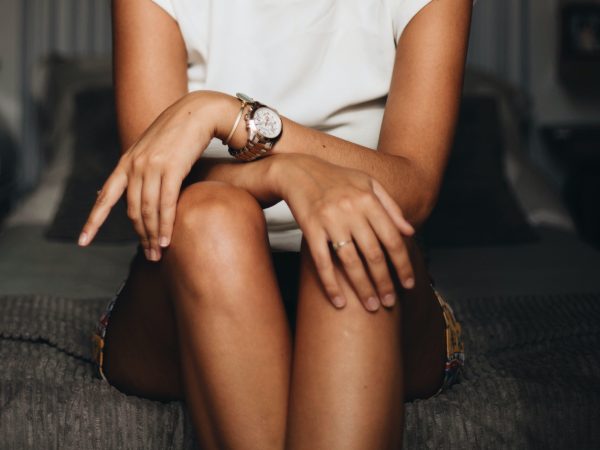Dress codes are more than mere fashion statements; they’re a reflection of the event’s ethos and its attendees’ respect for it. Let’s dive deep into the intricacies of dress codes so you can look your best, no matter the occasion.
The Importance of Dressing Right
Understanding the nuances of dress codes can save you from awkward situations and faux pas. Dressing appropriately not only helps you blend in but also allows you to express your personality within socially acceptable boundaries.
Decoding Common Dress Codes
Formal or Black Tie
For men, a tuxedo is the safest bet, while women should opt for a long gown.
Business Casual
Men can wear chinos with a blazer, and women can opt for skirts or trousers with a casual top.
Smart Casual
Here, creativity is key. Don’t shy away from mixing and matching to create a style that represents you.
Casual
Jeans and a t-shirt are usually acceptable, but make sure you know the venue’s specific limitations.
Pro Tip: When in doubt, it’s better to be slightly overdressed than underdressed.
Navigating Ambiguous Dress Codes
There are times when event invitations are ambiguous about the dress code. During one of my travels to Paris, I received an invitation that stated “Dress Chic.” As someone who appreciates both comfort and style, I found this to be a golden opportunity to strike a balance between the two. I wore a knee-length wrap dress with comfortable heels, which worked perfectly for the evening.
Personal Experiences
One of the most memorable experiences I had was attending a “Roaring Twenties” themed party. I decided to go all out and wore a flapper dress complete with a headband and feathered accessories. The event was a hit, and the best part was, my outfit became the conversation starter of the night. It was like stepping into a time machine, and the right attire made it even more special.
The Impact of Colour Choices
Colour plays an integral role in dress codes. While attending a business meeting in London, I was surprised to see how many people wore dark colours to signify seriousness and professionalism. However, at the after-party, the tones lightened up considerably, making room for brighter hues and patterns. Understanding the impact of colour can be as essential as the outfit itself.
Rule of Thumb: Darker shades for formal and business events, brighter hues for casual and festive occasions.
Dress Code Variations Across Cultures
When it comes to international settings, dress codes can vary significantly. For example, what’s considered casual in Sydney might be viewed as too laid-back in Tokyo. This variation can create challenges, but it also opens the door for a richer understanding of global etiquette. Always do some research on the cultural norms of the place you’re visiting; it shows respect and awareness.
What Your Footwear Says About You
Never underestimate the power of the right pair of shoes. In one of my friend’s weddings, I wore a modest dress but invested in a statement pair of heels. It wasn’t long before I realized that people often look from the ground up. My choice of footwear enhanced my overall look and received a plethora of compliments. Remember, your shoes can either make or break your outfit.
Dressing For Your Body Type
Understanding your body type is an often overlooked aspect of adhering to dress codes. During a beachside event in Miami, I chose an outfit that flattered my body type, and the difference was remarkable. I felt confident and comfortable, which in turn allowed me to navigate social circles with ease. If you’re unsure about how to dress for your body type, you may find this guide by Who What Wear extremely helpful.
The Role of Accessories
Accessories can make a significant impact on your overall appearance and can either elevate or break your outfit. At a recent gala I attended, one guest donned a simple black dress but accessorised it with an elegant pearl necklace and matching earrings. The result? She looked absolutely stunning, capturing the essence of understated elegance. Choosing the right accessories is akin to selecting the right spices for a dish; they should complement, not overpower.
The Evolution of Dress Codes
It’s important to acknowledge that dress codes are ever-changing, influenced by cultural shifts and fashion trends. Just a decade ago, wearing jeans to a business casual event would have been unthinkable. Today, paired with a smart blazer and heels or loafers, it’s often acceptable. Keeping up with these shifts ensures that you’ll always be appropriately dressed, exuding confidence and style wherever you go.
The Takeaway: Dress Code is a Guide, Not a Rule
In essence, a dress code serves as a guideline to ensure you’re in tune with the occasion’s vibe. However, don’t forget to infuse your personal style into your attire. It’s the unique touches that make you stand out and get noticed.
Understanding dress codes is akin to mastering a social language. It is a subtle but powerful way to convey respect, fit in, and make a statement—all at the same time.
Understanding dress codes is akin to mastering a social language. It is a subtle but powerful way to convey respect, fit in, and make a statement—all at the same time. For those looking to dive even deeper into the world of dress codes and fashion etiquette, I highly recommend this insightful article by Business Insider.


